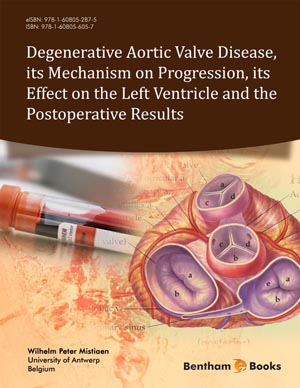Abstract
The life expectancy in the Western societies has increased steadily. CAVS is usually occurring at a higher age, therefore its incidence is also rising. However, the diagnosis of CAVS in elderly is not always easy: the disease might be overlooked because its symptoms sometimes are not recognized. Moreover, ascertaining the valvular origin of the symptoms in elderly patients might be a challenge.
If the presence of a symptomatic CAVS has been established in an elderly patient, the optimal treatment still has to be decided. Age, frailty, co-morbid conditions and LVF all have played a role in this decision making. It has become clear that there were and still are different approaches of cardiologists in regard to the referral policy.
Unto recently, about one third of the patients has been denied AVR unjustly. The EuroSCORE overestimates the postoperative mortality, especially in high risk patients, and should be used with great caution.
The available postoperative results seem to justify a referral of octogenarians with symptomatic CAVS for AVR. Hospital and long-term adverse events in these elderly patients are more frequent, compared to their younger counterparts. There is, however, a considerable variation in postoperative results, which is probably due to differences in the baseline characteristics of the patients. This finding applies for patients of all ages, including octogenarians.
The study of risk factors has revealed that need for urgent surgery has a dominant effect on the postoperative results. This factor is more present in elderly, indicating that poor postoperative results in elderly could be a self fulfilling prophecy. Long-term postoperative results in octogenarians show that, compared to the general population, a normal age and gender matched survival might be reached, with an acceptable quality of life.
Keywords: CABG, co-morbidity, coronary artery disease, EuroSCORE, frailty, hospital mortality, independent predictors, left ventricular function, long-term mortality, octogenarians, quality of life, stentless valves.






















